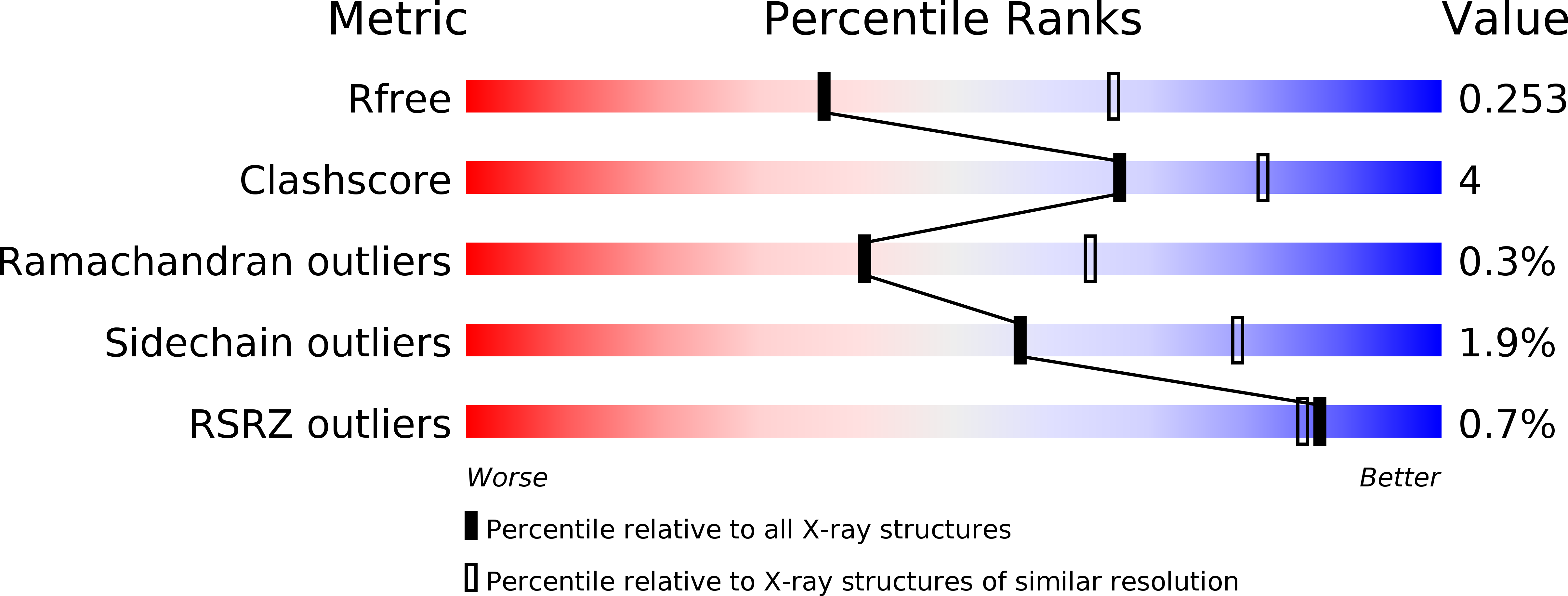
Deposition Date
2013-12-16
Release Date
2014-04-30
Last Version Date
2024-11-27
Entry Detail
PDB ID:
4O1Q
Keywords:
Title:
Crystal Structure of the Q103N-MauG/pre-Methylamine Dehydrogenase Complex
Biological Source:
Source Organism:
Paracoccus denitrificans (Taxon ID: 318586)
Host Organism:
Method Details:
Experimental Method:
Resolution:
2.59 Å
R-Value Free:
0.25
R-Value Work:
0.19
R-Value Observed:
0.20
Space Group:
P 1


